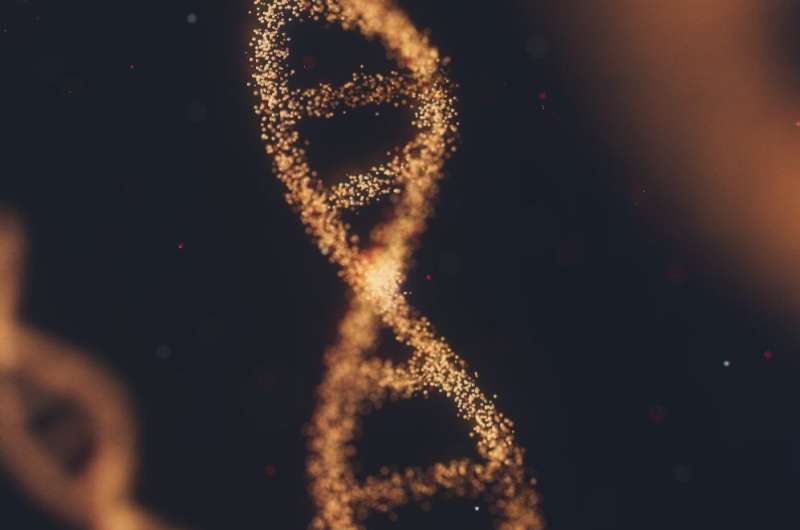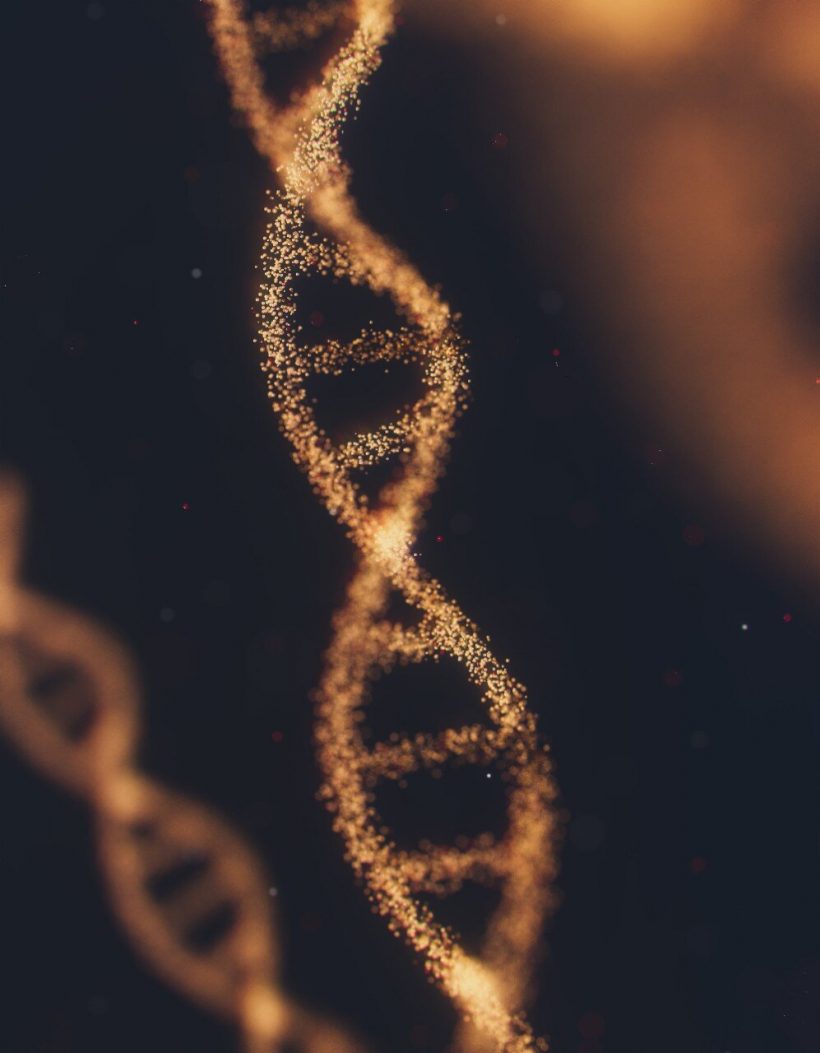
Movement disorders include a range of conditions affecting the nervous system, with more rare disorders increasingly found to be caused by genetic mutations.
Genetic diagnosis is an important element for patients seeking treatment for movement disorders. However, Luca Marsili, MD, Ph.D., said the majority of genetic testing and knowledge about movement disorders has focused on European populations.
“There is a need to expand the knowledge to other populations from other ethnicities and ethnic groups,” said Marsili, adjunct instructor in the Department of Neurology and Rehabilitation Medicine in the University of Cincinnati College of Medicine. “It’s very helpful because we learn from the differences, particularly in the genetics.”
In search of more information for varying ethnic and racial populations, researchers at UC have been operating a study called the Genetics of Unusual and Familial Movement Disorders since 2017.
“This endeavor is responsive to the ideals of inclusivity and equity, offering advanced genetic analyses for non-European populations, especially those with a minority ethnic background,” Marsili said. “The output will contribute toward mitigating the lack of diversity in genetic research.”
Through a partnership with the University of Chile, the study has recently grown to offer comprehensive genetic testing for selected Chilean patients with rare movement disorders of presumed genetic nature.
“We think having representation of different populations will help in getting more information about genetics of movement disorders in general,” said Marsili. “Because these are very rare cases, at least for now, we need to expand this study.”
Study origins
Alberto Espay, MD, said the study began out of necessity when patients seeking treatment for neurogenetic conditions had no insurance-covered process to determine their genetic diagnosis.
Ancestry-related DNA tests available to the general public are relatively inexpensive, but Espay said full genetic testing is costly, so it is important to have research funding to cover the testing that may not be affordable for individual patients.
“Testing serves to uncover genetic mutations that are either already documented to be what we call pathogenic or could be established as such,” said Espay, professor of neurology in the UC College of Medicine, director and endowed chair of the James J. and Joan A. Gardner Family Center for Parkinson’s Disease and Movement Disorders at the UC Gardner Neuroscience Institute and a UC Health physician.
The thorough testing also allows researchers to begin uncovering new genetic causes for other disorders that have not been identified, helping increase the knowledge base surrounding the diagnosis and treatment of neurogenetic disorders, Espay said.
“Part of the reason we want to do this, of course, is we want to open therapeutic avenues, and we couldn’t if we don’t know what the genetic abnormality is,” he said. “The final result is that the slice of the pie of neurogenetic disorders about which a diagnosis becomes known is beginning to increase.
“We have been able to bring diagnostic closure to many patients and families after many years of searching,” Espay continued. “Through this effort, we have also helped connect the affected individuals to scientists working anywhere in the world to advance the knowledge of and treatment options against the respective genetic mutations.”
Serving underrepresented populations
Marsili said the UC researchers are connected to Latin American researchers and populations through a collaboration with geneticist Marcelo Kauffman, Ph.D. Kauffman is an honorary visiting scholar in the UC College of Medicine from Buenos Aires, Argentina, and Espay said UC has become known as a consultation hub for Latin American countries in neurology in part through a partnership with Kauffman.
The specific expansion to enroll Chilean patients came when collaborators noticed a “reasonably high” number of patients in Chile with neurogenetic disorders but did not have the resources to do the intensive work of genetic testing. The ongoing partnership will now integrate the transfer of information and DNA analysis between all parties.
“It took a while to set this up, but now that it’s established, this will allow us to provide a service to an underserved, often overlooked community,” Espay said. “It serves to understand what the spectrum of genetic disorders may be in ethnicities that are not necessarily as prevalent here in the U.S.”
Espay said the study expansion is particularly rewarding to him, as he was born in Chile.
Study methodology
Marsili said the study is designed to be quick and easy for patients, with the heavy lifting taking place outside of the clinical setting. Patients will be enrolled based on clinical examinations of their symptoms and family history of movement disorders.
Once patients are enrolled and give consent, they fill out a standardized questionnaire and undergo a full neurologic exam. Two small vials of blood are collected for the genetic testing. The patient’s role in the study is completed after a few hours, Marsili said.
The patient’s DNA is then extracted from the blood and is processed through a technique called whole exome sequencing. From there, Kauffman analyzes the DNA results and compares them to those of previous samples and of international repositories in order to interpret the data.
If a specific mutation known to be tied to movement disorders is found in the research setting, the patient can then take a more affordable test for that specific genetic mutation in a clinical setting to confirm the diagnosis. The mutation can then be added to their medical charts and help inform the treatment options and then connect the patient to experts around the world who specialize in the specific genetic disorder.
“It’s giving hope and it’s opening new possibilities for the genetics of many movement disorders and for patients from all over the world, of different ethnicities and every presentation of these rare diseases,” Marsili said of the study.
Marsili noted the study can also enroll family members of patients when a specific mutation is identified to learn about the presence of the genetic mutation in a family.
“That expands the knowledge about the transmission of this condition,” he said. “The most frequent question we receive from our patients is, “Am I going to transmit this condition to someone else in the next generation?” We need to answer that.”
Espay said since the conditions are so rare, a specific mutation and diagnosis will be identified in only about 20% of patients the first time their genes are analyzed. But since the knowledge in the field is constantly growing, every patient’s data can be reanalyzed every one to two years.
“Returning after two years to negative baseline data increases the odds further by another 20%,” Espay said. “We are able to say to patients, “Well, we so far don’t have an answer for you. However, we’ve kept your data and plan to reanalyze it periodically.'”
Espay said the study is an example of the importance of philanthropy from the community helping to increase the reach of care. The study is supported by the Parkinson’s Patient Diagnostic Genetic Assistance Fund and the Precision Medicine Neurodegenerative Disease Fund, connected to the Cincinnati Cohort Biomarker Program (ccbpstudy.com), which received major funding from the Gardner Family Foundation.
Source: Read Full Article
